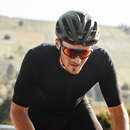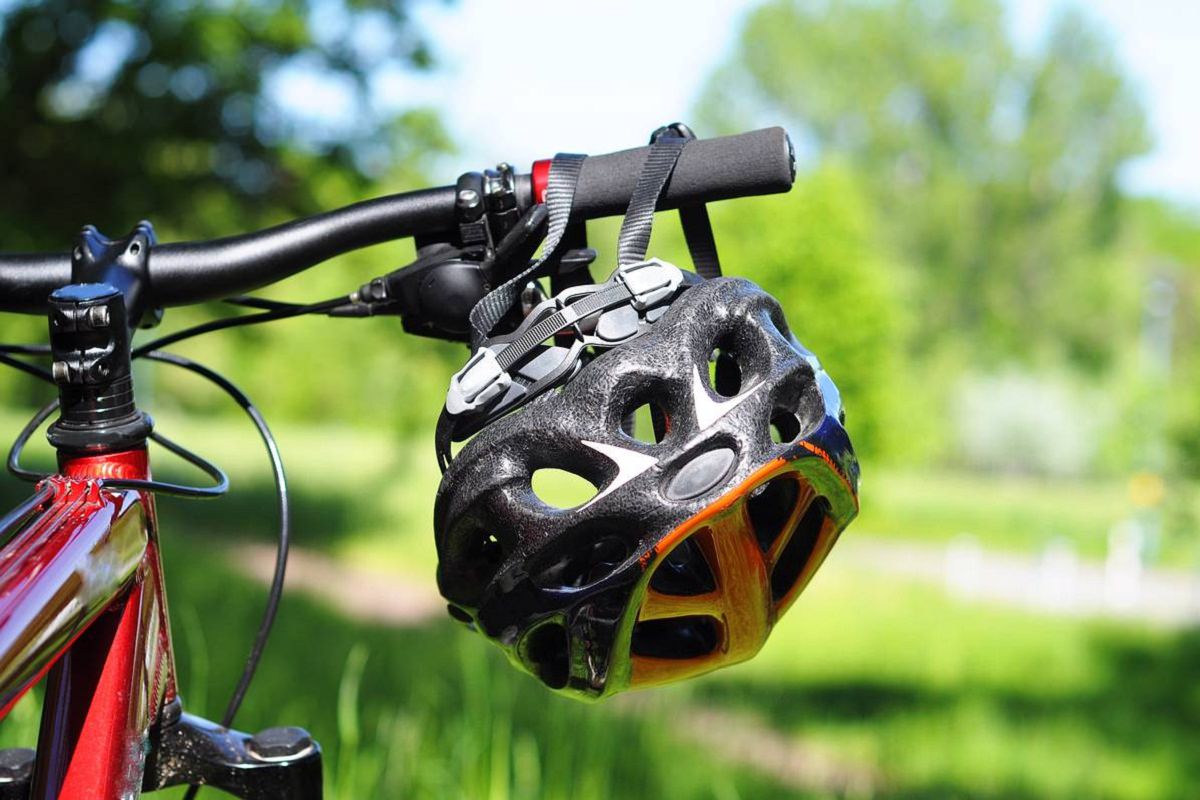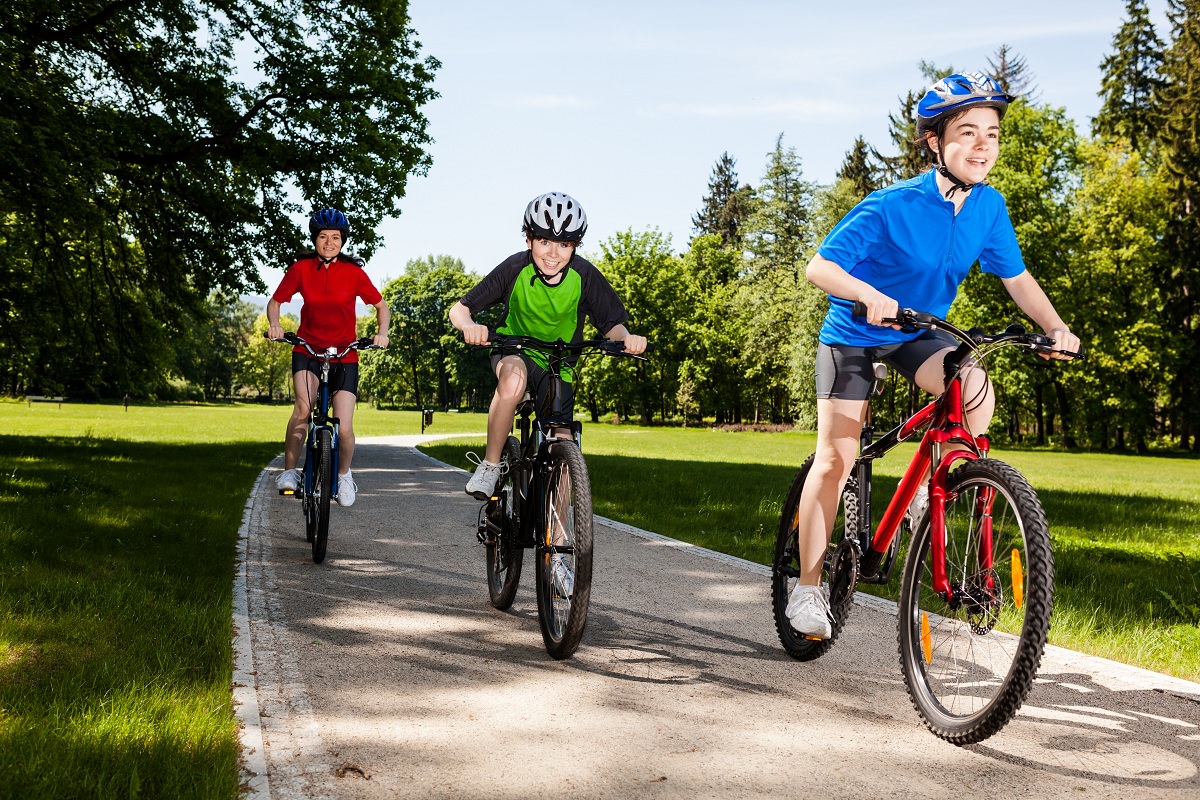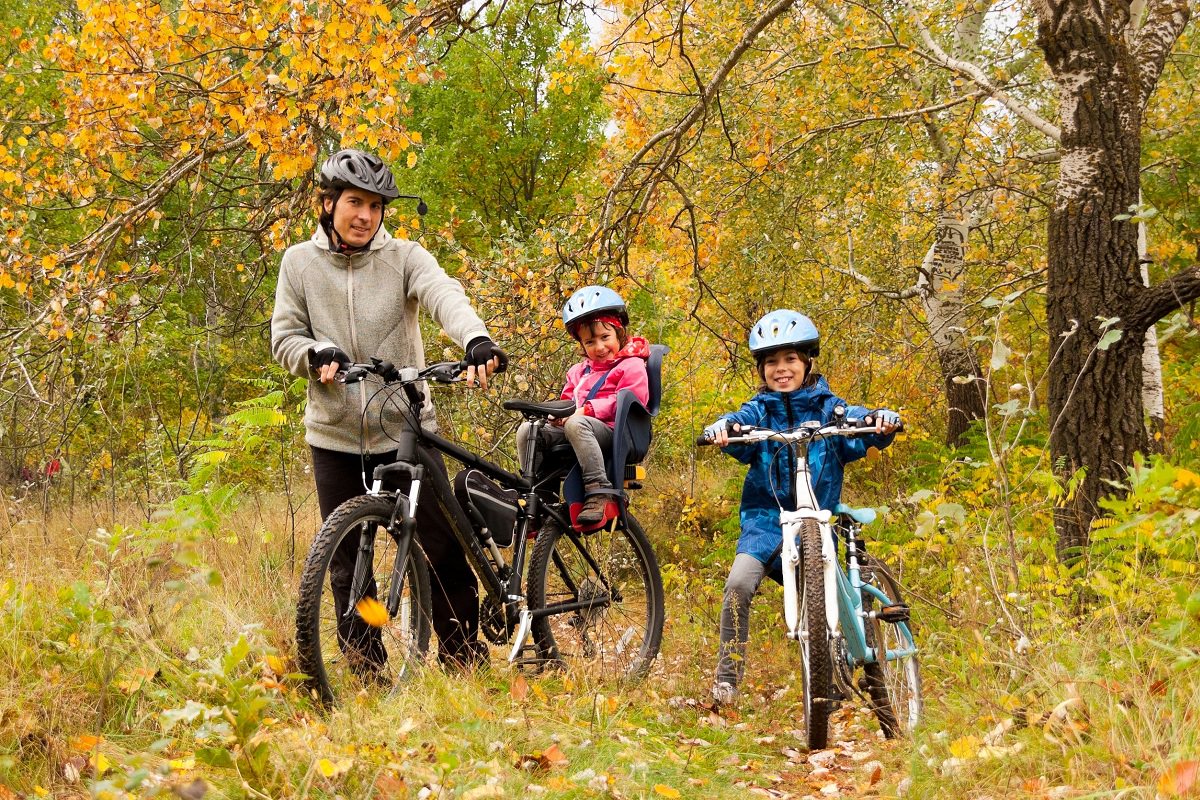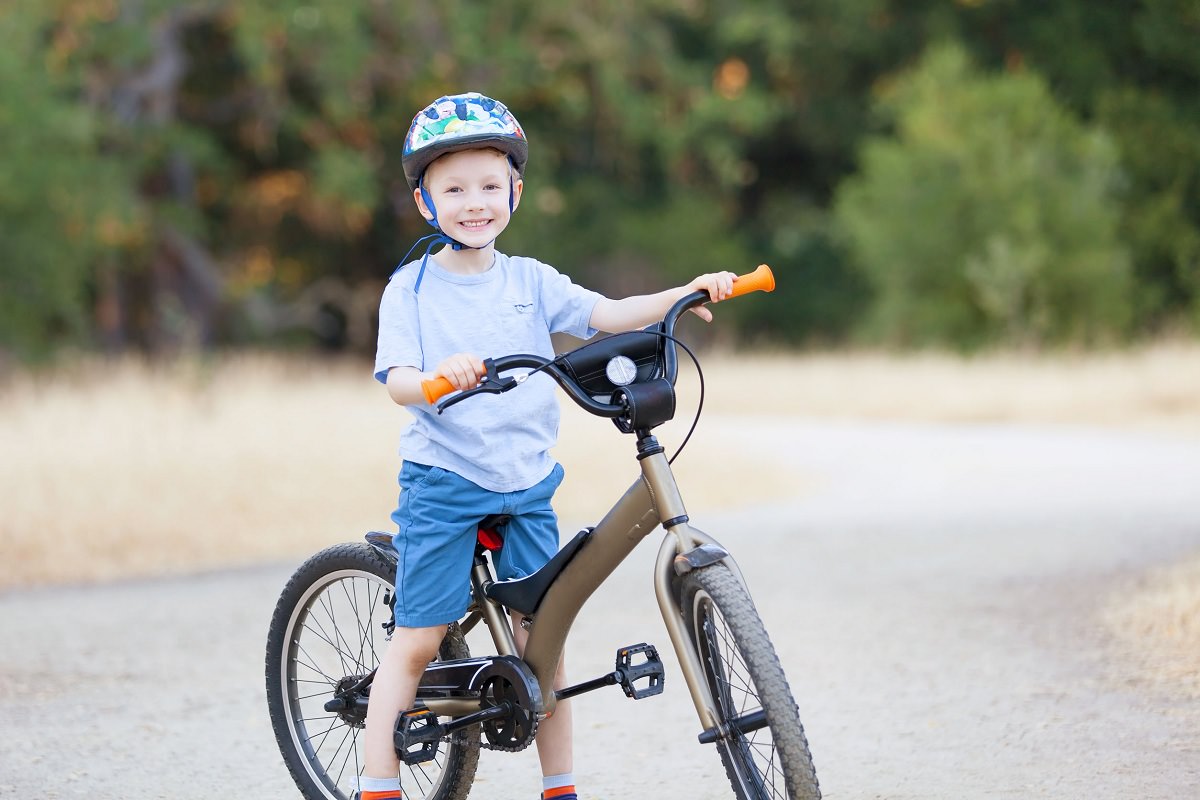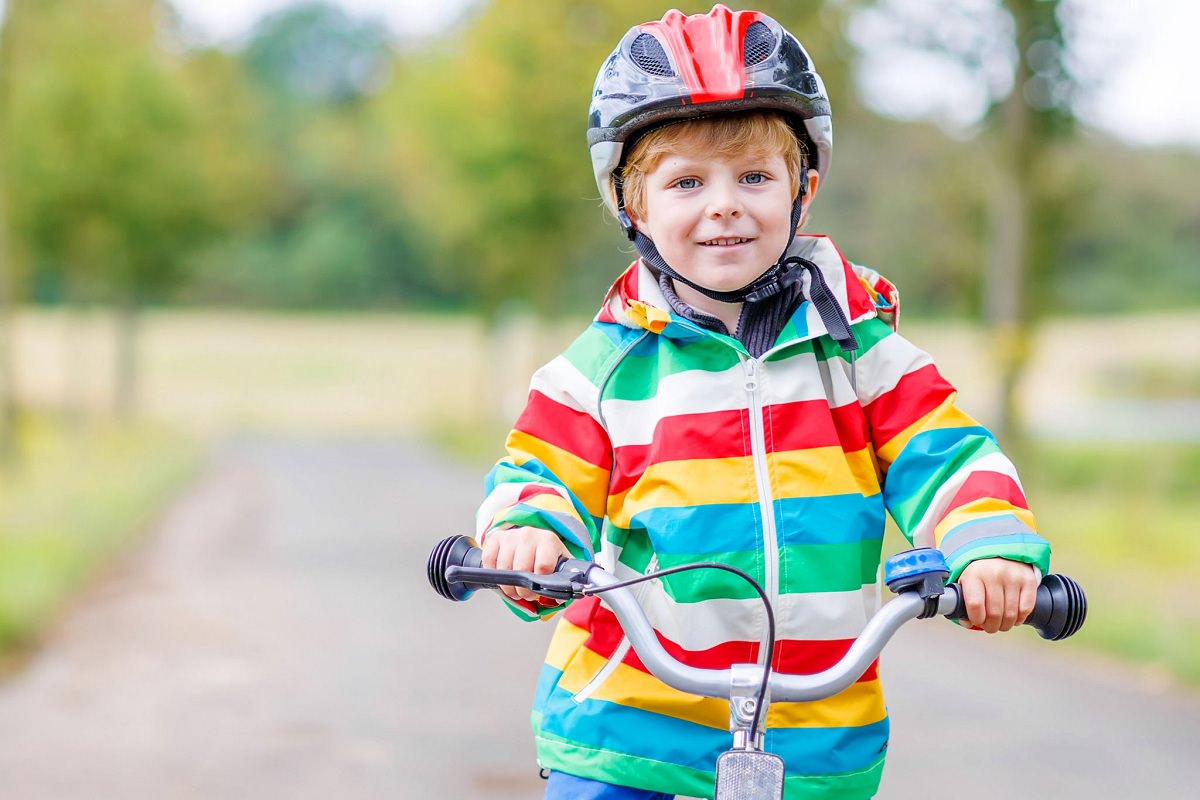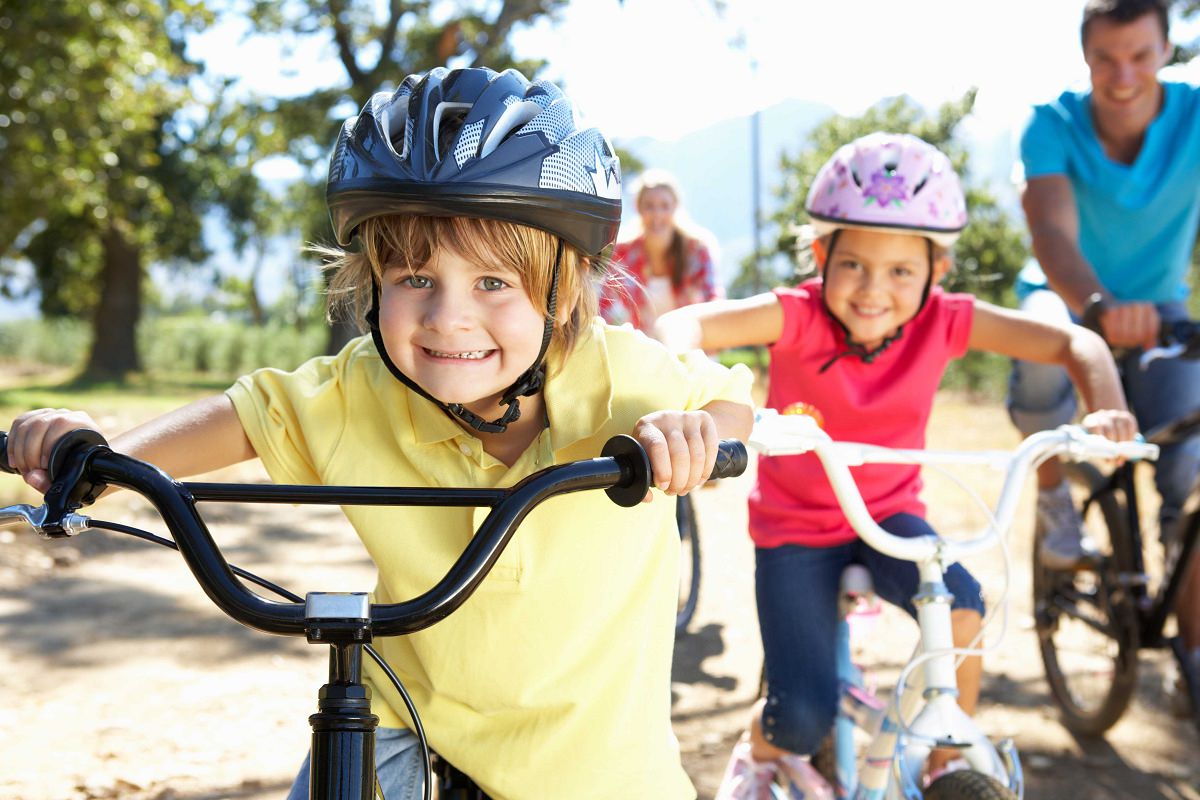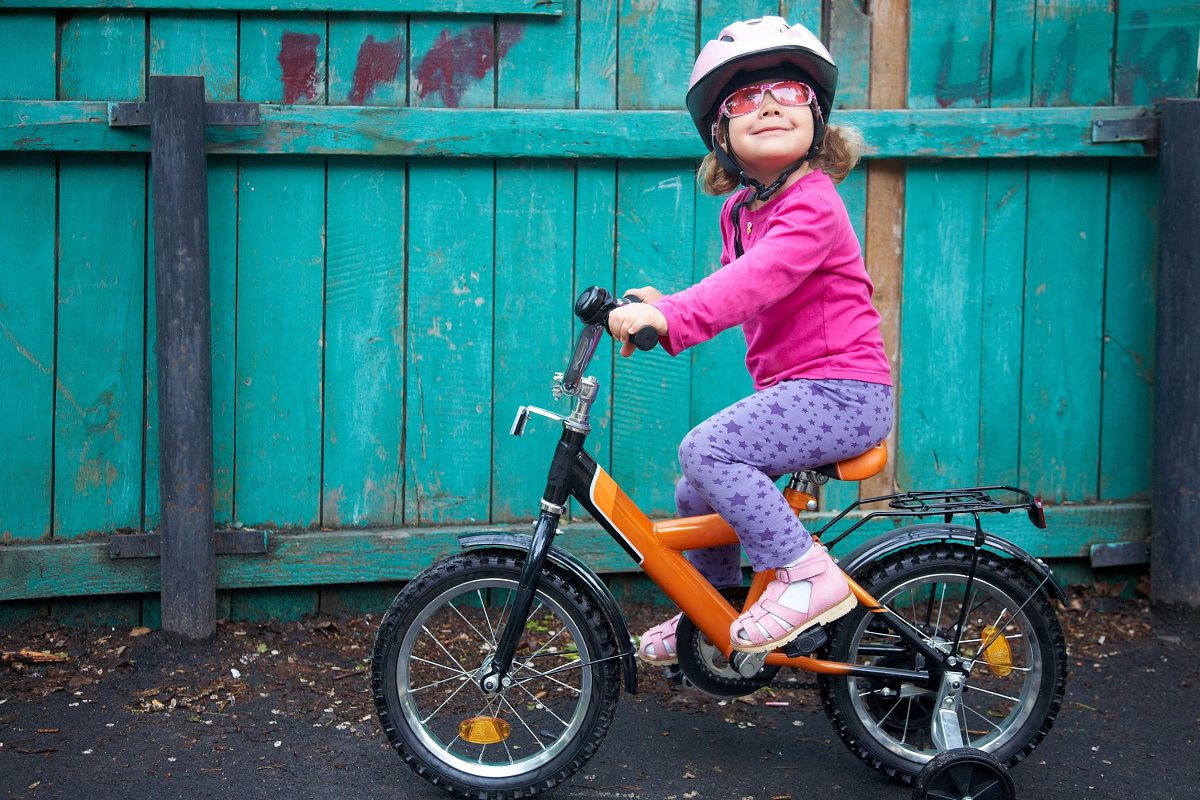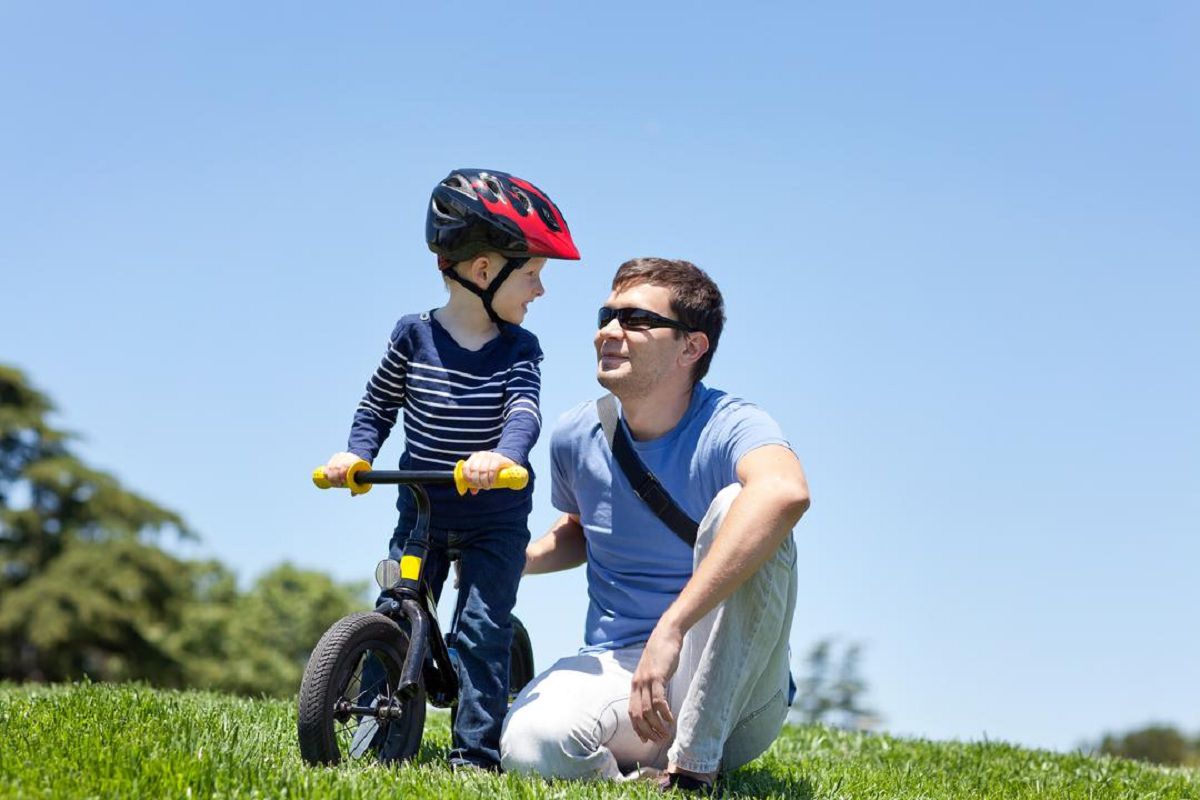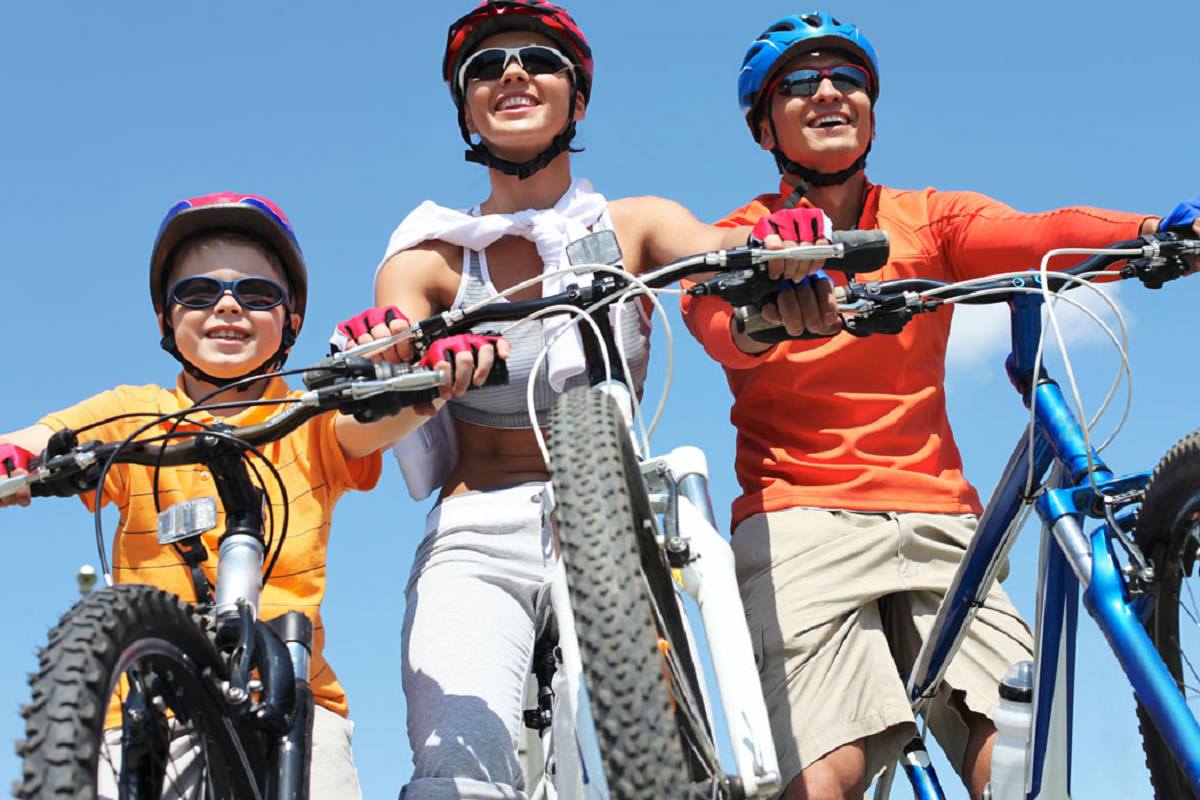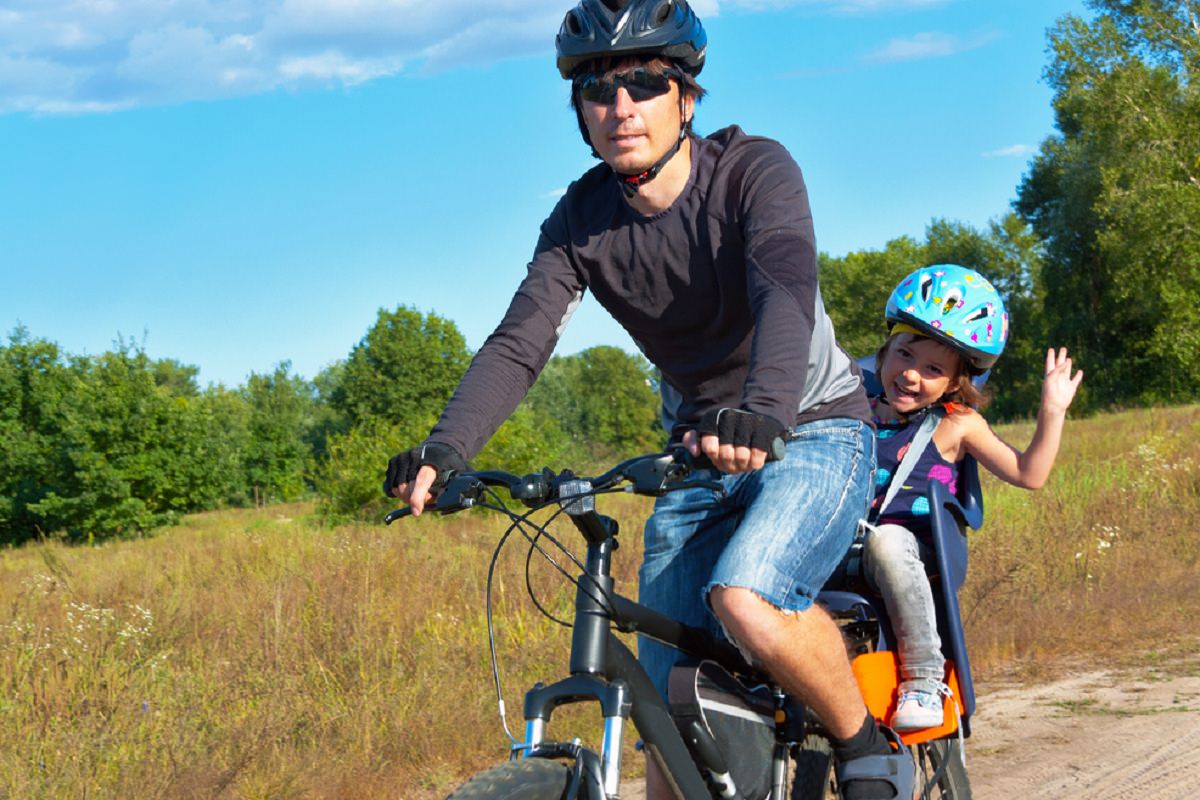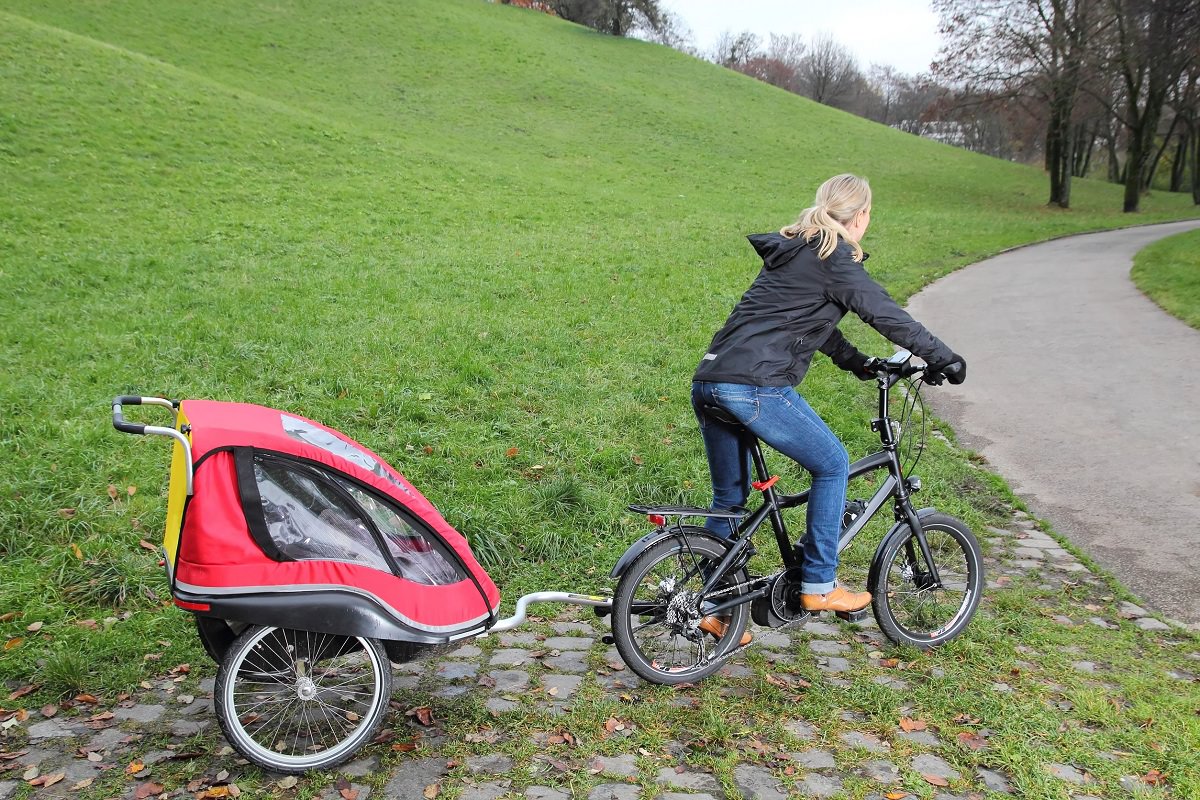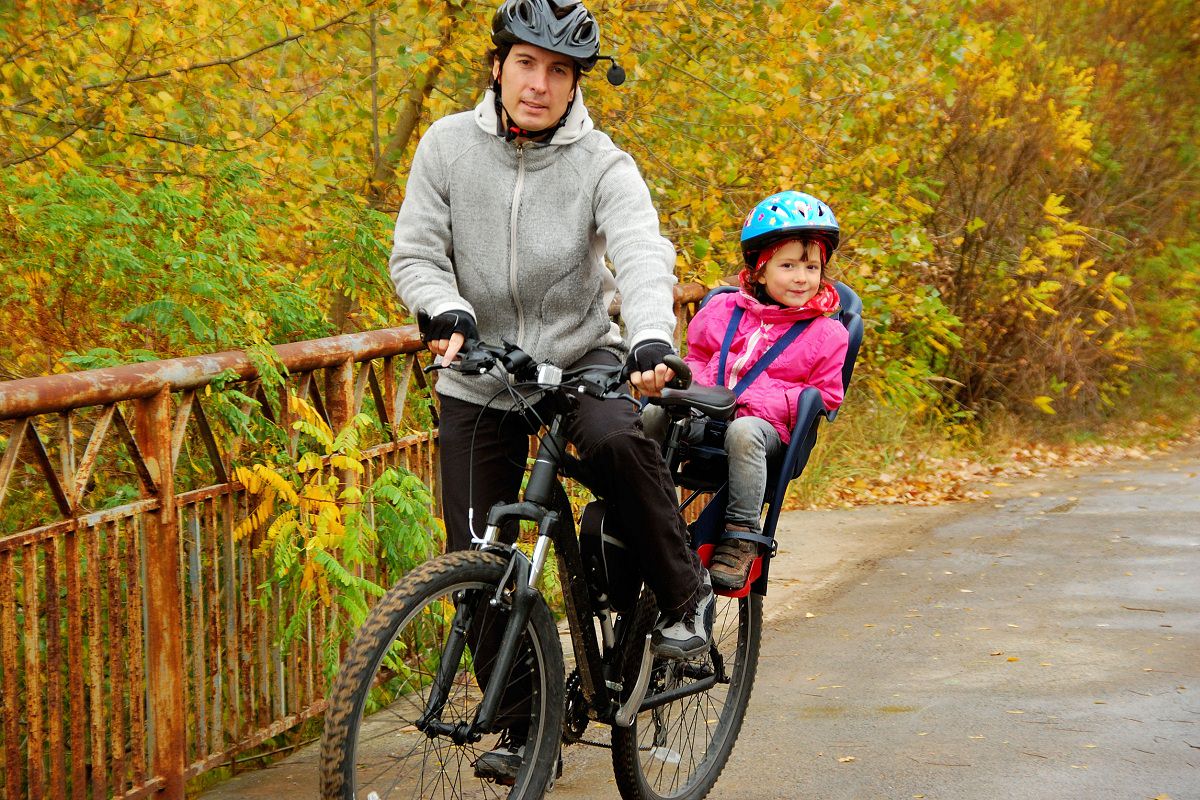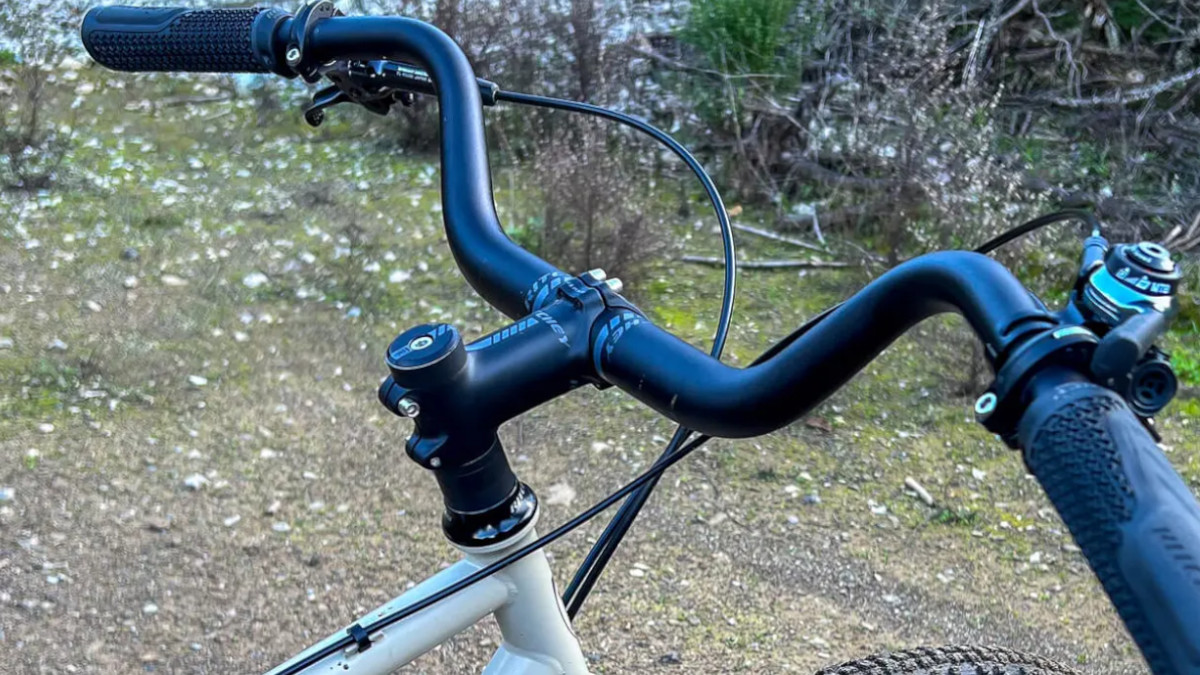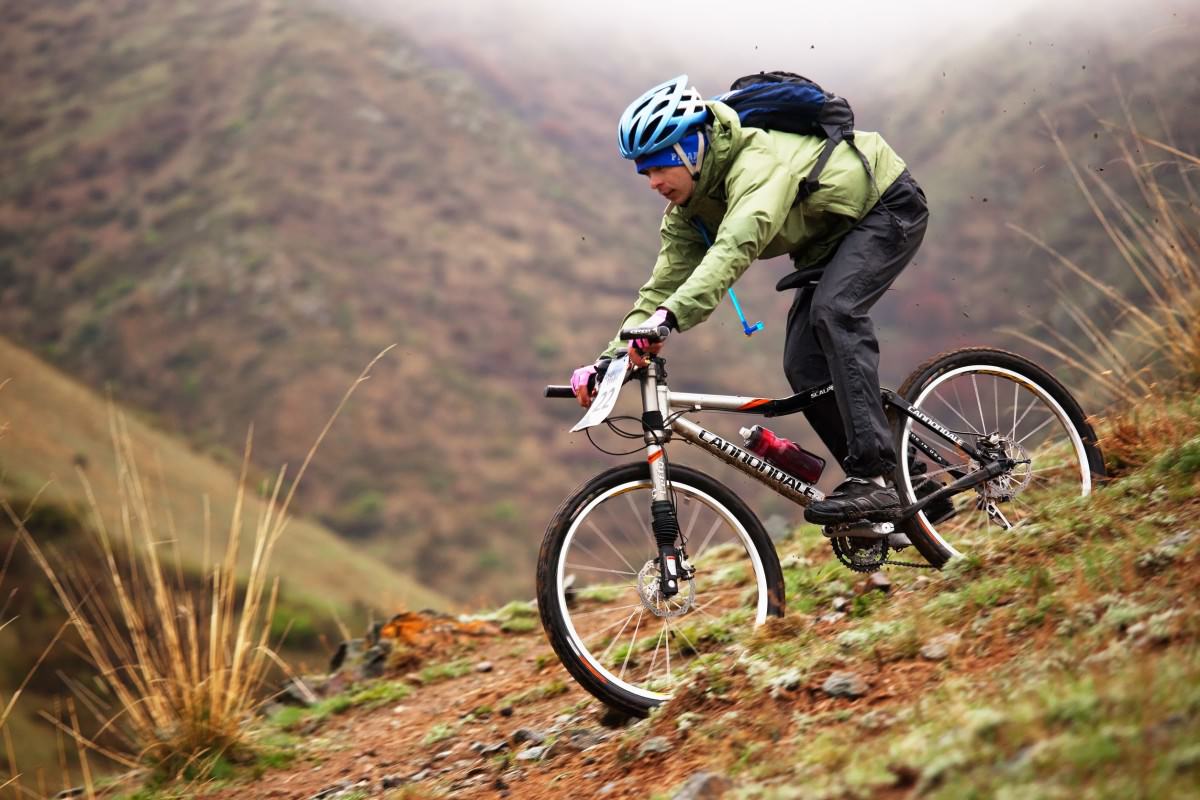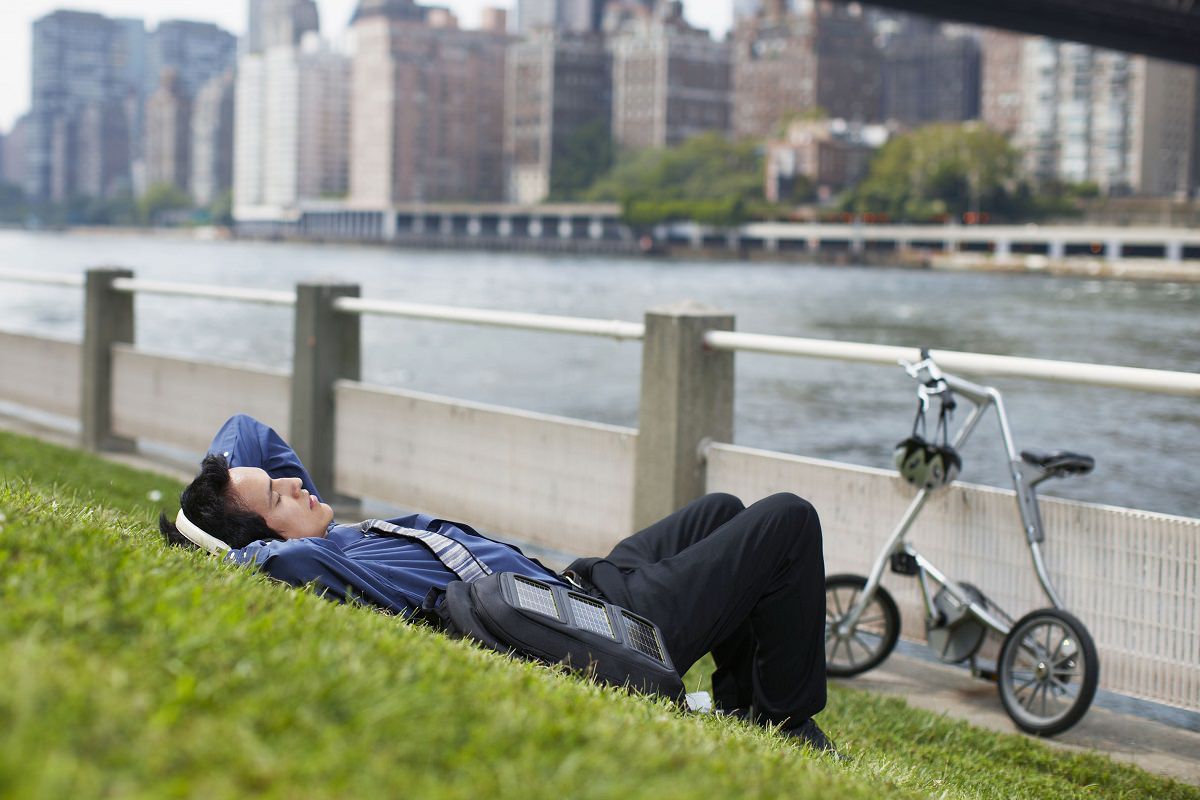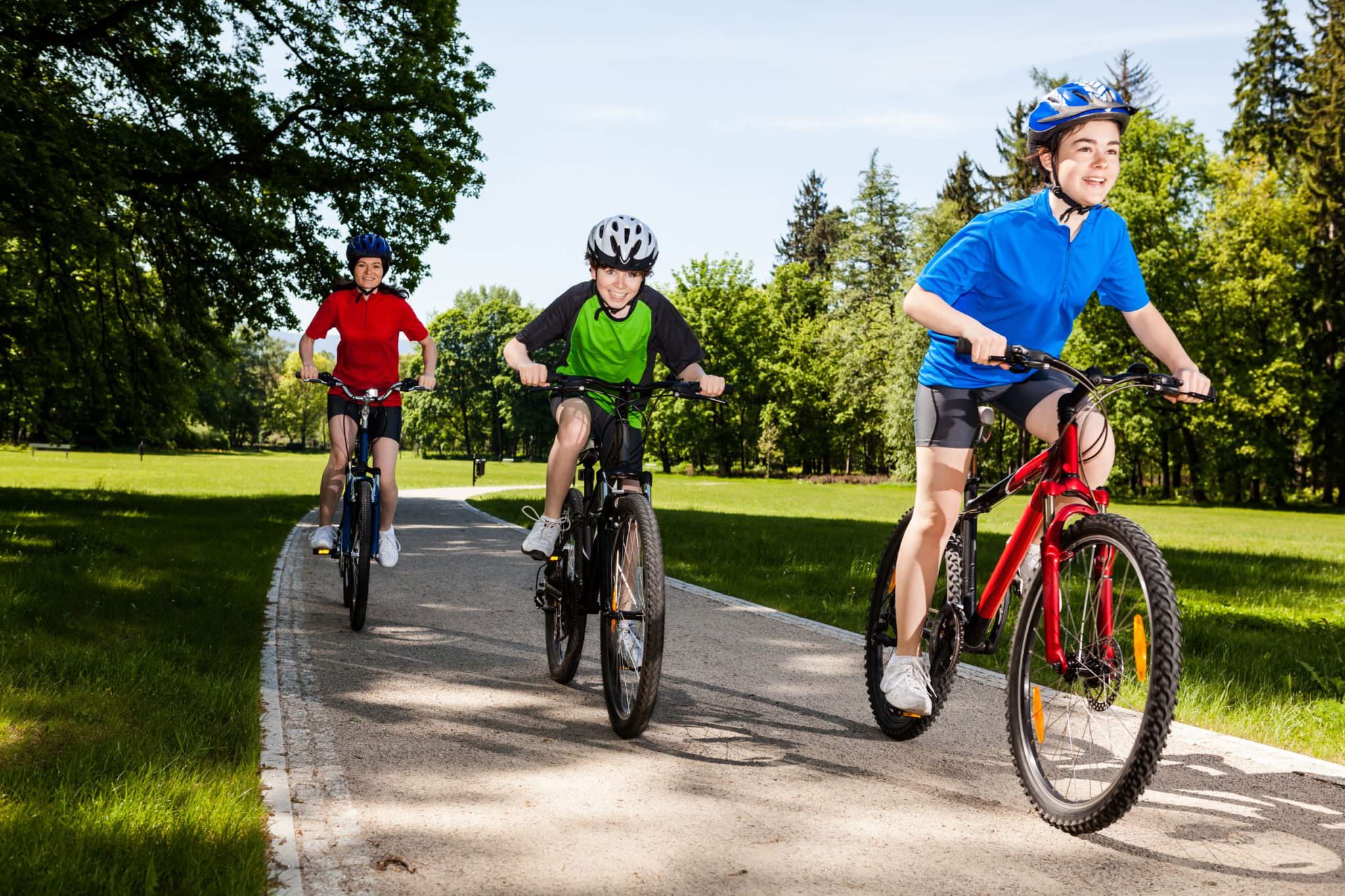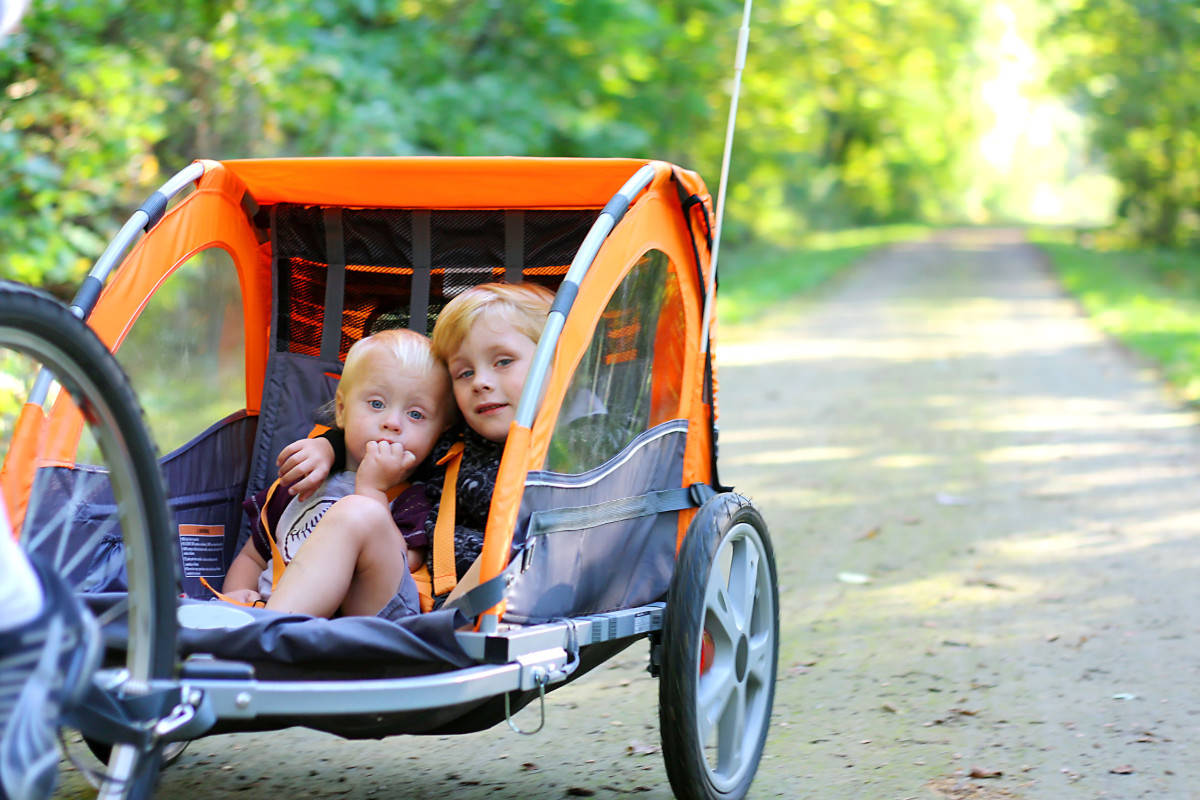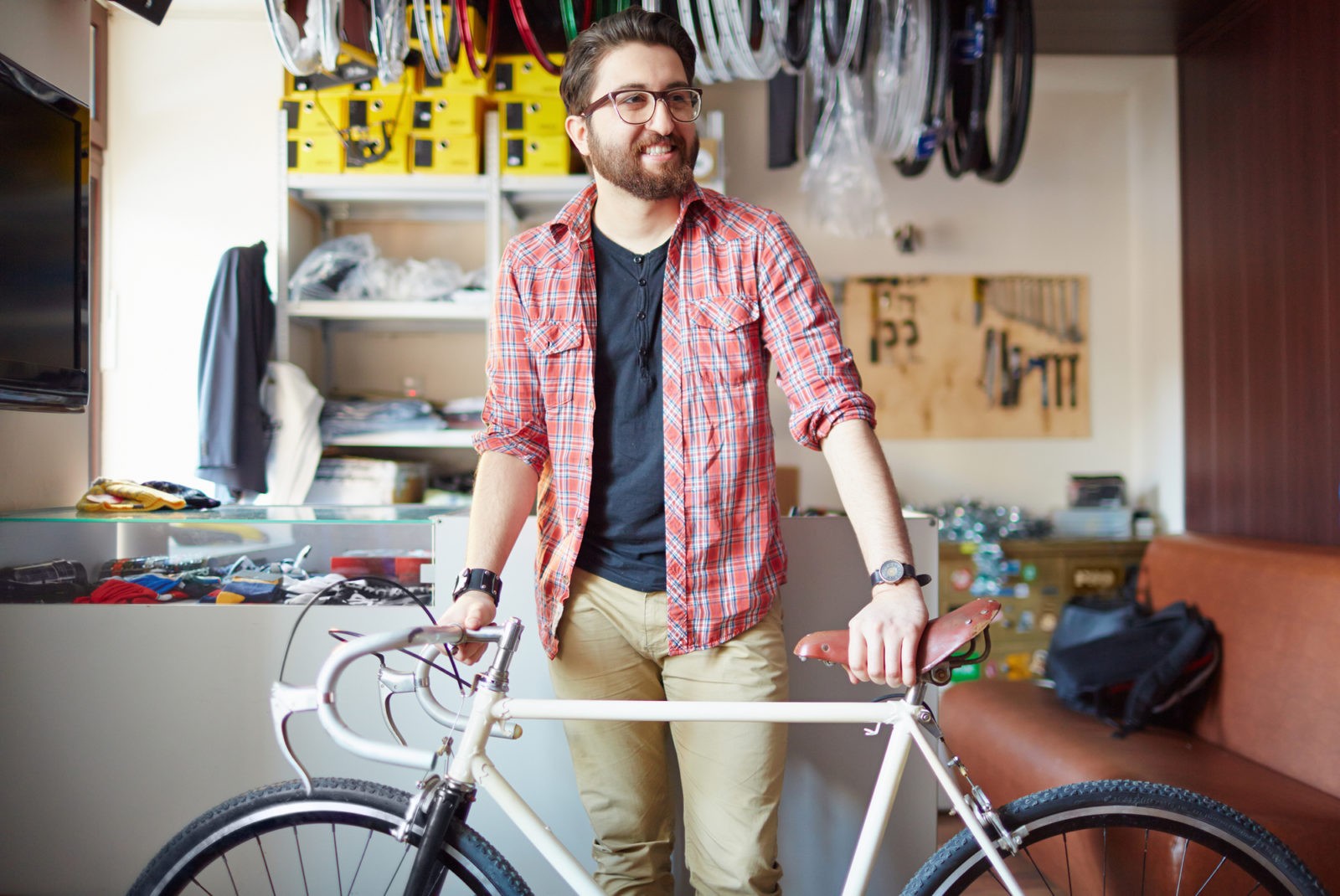Wearing a helmet can reduce the risk of head injuries by 48%. So don’t you agree that it’s important that your kid wears a helmet when cycling? Yes, I know. There are many kinds of helmets and it can be confusing when buying one. Let me tell you a secret: A good helmet has some specific attributes.
What are these attributes? I thought you’d never ask. Let me fill you in:
12 Important Features Of A Good Toddler Helmet
1 – It Has Vents
When you put on helmets, you can realize that they are hot. So, they need to have vents that will increase airflow into your head. Bike-styled helmets usually have more vents than skater-styled helmets. With a perceptible cooling effect, helmets make cycling pleasurable.
2 – The Helmet Has CSPC/ASTM Safety Certifications
Before buying a helmet, make sure it has the CPSC, which is the Consumer Product Safety Commission sticker inside the helmet. The CPSC confirms the helmet has met safety standards which all helmet makers must comply with. Although you may notice that the CPSC stickers vary from helmet to helmet, this is because CPSC doesn’t maintain the one-sticker-fit-all policy.
Since all the helmets produced in the United States are expected to follow CPSC standards, it is apt to say that all made-in-US helmets are safe! But higher-end helmets are much safer, based on the quality of materials used in manufacturing them, their higher comfort level, and adjustability.
Furthermore, helmets are certified based on the specific sport they are used for: Helmets for bikes are mainly certified for bicycling, whether it is low-speed or motorized. The same reasoning goes for in-line skating and scooters, whether low-speed or motorized.
However, BMX and downhill mountain biking have additional ASTM International Safety Standards they must satisfy before selling them for a specific sport. But remember that helmets for skateboarding have a different certification, unlike those for bicycles. It is possible to see that not all skateboarding helmets are safety-certified, but some are actually dual-certified (about ASTM standards), which means they could be used for cycling as well as skateboarding.
3 – It Is The Right Size For Your Toddler
Helmets come in several sizes, and it is very important to choose the best size for toddlers for comfort and fitting. You should measure your child’s head by using a soft tape rule before buying any helmet. Knowing the circumference of your child’s head one inch about his/her eyebrows is essential to picking the right helmet size.
Having trouble measuring your toddler’s head, you can use the 50th percentile head circumference chart provided below. Don’t forget that the 50th percentile sizes below are just approximations, some children have bigger or smaller heads than estimated in the chart.
50th Percentile Head Circumferences
| Age | Girl, cm | Girl, in. | Boy, cm | Boy, in. |
|---|---|---|---|---|
| 12 mo. | 45 | 17.7 | 46 | 18.1 |
| 18 mo. | 46.5 | 18.3 | 47.5 | 18.7 |
| 2 yr. | 47 | 18.5 | 48 | 18.9 |
| 2.5 yr. | 48 | 18.9 | 49 | 19.3 |
| 3 yr. | 49 | 19.3 | 49 | 19.3 |
| 3.5 yr. | 49 | 19.3 | 50 | 19.7 |
| 4 yr. | 49.5 | 19.5 | 50.5 | 19.9 |
| 4.5 yr. | 50 | 19.7 | 51 | 20.1 |
| 5 yr. | 50 | 19.7 | 51 | 20.1 |
| 6 yr. | 51 | 20.1 | 52 | 20.5 |
| 7 yr. | 52 | 20.5 | 53 | 20.9 |
| 8 yr. | 53 | 20.9 | 54 | 21.3 |
4 – It Has An In-Mold Or Hardshell Construction
You can find two major types of helmet construction in the market: in-mold and hardshell. These two types of construction are designed to offer adequate protection whenever there is a crash. In-mold helmets are found to be normally more durable, lighter, and give room for more vents.
You can quickly identify a helmet’s construction type: all you need to do is look for a gap between its outer shell and the protective foam. You will notice that non-skater helmets that are made of hardshell construction also, as a matter of fact, possess a thin layer of tape around their mid-sections which then covers the rough edges of their plastic shells. When you accidentally leave your helmet’s plastic shells in the heat outside, they could become warped and cracked. These ugly conditions of your hardshell helmets may still occur despite CPSC tests, which were conducted with and without their plastic casings.
You can find hardshell helmets normally sold in big-box stores manufactured by brands like Schwinn, Giro, Bell, and Rascals. But in-mold helmets could be found everywhere, in bike shops and several sporting goods stores.
5 – It Is Adjustable
To maintain comfort and fitting, you may need to adjust your child’s helmet. If you left the helmet shoddily adjusted on your kid’s head, it may fall off anytime or move around when your child shakes his head. A badly fitting helmet may not be able to protect your kid’s head against a sudden crash.
It is noted that it is easier to adjust top-end helmets than cheap ones. So, helmets have dial-in or self-adjusting properties which permit them to be easily adjusted to fit the head’s size. But many skater helmets and some low-end bicycle helmets don’t have dial adjusters, but they contain pads of different thicknesses. Therefore, before sliding the helmet on your child’s head, you will need to insert the thick pads into the helmet to guarantee comfort while wearing it.
While it is a great idea to pad your child’s helmet before wearing it, you should not attempt to adjust the pad itself. You may use “locking sliders” below the ears, which makes adjusting the helmet easier than “simple sliders” that are too hard to adjust.
6 – The Helmet Comes With A Buckle
Buckle your kid’s helmet carefully: Make sure your child’s skin isn’t mistakenly pinched while doing so. Or else you will have to struggle to encourage him/her to wear a helmet next time he/she wants to go cycling. For your information, some companies have manufactured pinch-free helmets for kids; these helmets have plastic guards under the buckle and absorb the pressure that would have otherwise been exerted on your kid’s skin.
More expensive helmets utilize magnetic closure buckets that exhibit non-pinch quality. Only Lazer and Nutcase brands currently adopt the use of magnetic buckle: Uvex utilizes their special latching system, while other helmets use certain types of the normal buckle.
7 – It Also Has Reflectors
Use reflectors to increase the visibility of your child’s view while riding a bike. It doesn’t matter if it is too sunny or cloudy, reflectors provide a clear view while cycling. Because of this, many manufacturers have started to add reflective tape or LED lights to their helmets.
8 – The Helmet Has Built-In Visors
Use visors to protect your child’s eyes while cycling. Many bicycle helmets have in-built visors; most skate helmets come without visors. Choose the right helmets that can guarantee your child’s biking comfort.
9- It Is Built To Withstand Multiple Impacts
Some helmets are built to withstand multiple impacts. This means that they won’t crack or have holes after crashing with them once. These kinds of helmets possess segmented foam protection which prevents their foam from cracking in case the person wearing it falls. Examples of these multiple-impact helmets are EGG youth helmets and Bell Segment Jr. which are newly introduced into the helmet market.
10 – It Comes With A Warranty
Buy helmets with warranties: And warranties on helmets cover from 30 days to a lifetime. Choose the helmets produced by major bike companies like Giro, Lazer, Uvex, Specialized, and so on because they possibly come with longer warranties you can use for a lifetime.
Skater Helmets Vs. Standard Helmets- Which One To Choose?
Skater and standard helmets are slightly different from each other. Skater helmets are known to be heavy, have fewer vents lack a visor, and may not possess dial-in adjustments. The good things about skater helmets include providing more coverage, being able to fit odd-sized heads, and being dual-certified.
Standard bicycle helmets have more vents, are lighter, and can be easily adjusted, but they are not dual-certified and may not fit odd-shaped heads.
FAQs
What is the smallest size of child bike helmet?
The smallest size of child bike helmets was designed to fit head circumferences of 48-52 centimeters.
Are baby helmets safe?
Helmets are not recommended for babies under 1 year old.
What age can baby wear bike helmet?
It is recommended for a child to be at least one year old before wearing a bike helmet.
How much do baby helmets cost?
Baby helmet cost from $20-$100.
Recap
Choose a helmet with a flat, smooth back when planning to ride with your children in a trailer. This will help to prevent it from sliding forward during a ride. Check out the Specialized Small Fry helmets, particularly made for trailers’ rides and you can find them in child and toddler sizes.
Also Read
- The Best Bike Bell Review And Buying Guide
- 12 Best Mountain Bike Helmets
- The Purpose Of Cycling Caps – Your One Stop To Know It All!
Should you have any questions or require further clarification on the topic, please feel free to connect with our expert author Jerry O by leaving a comment below. We value your engagement and are here to assist you.

